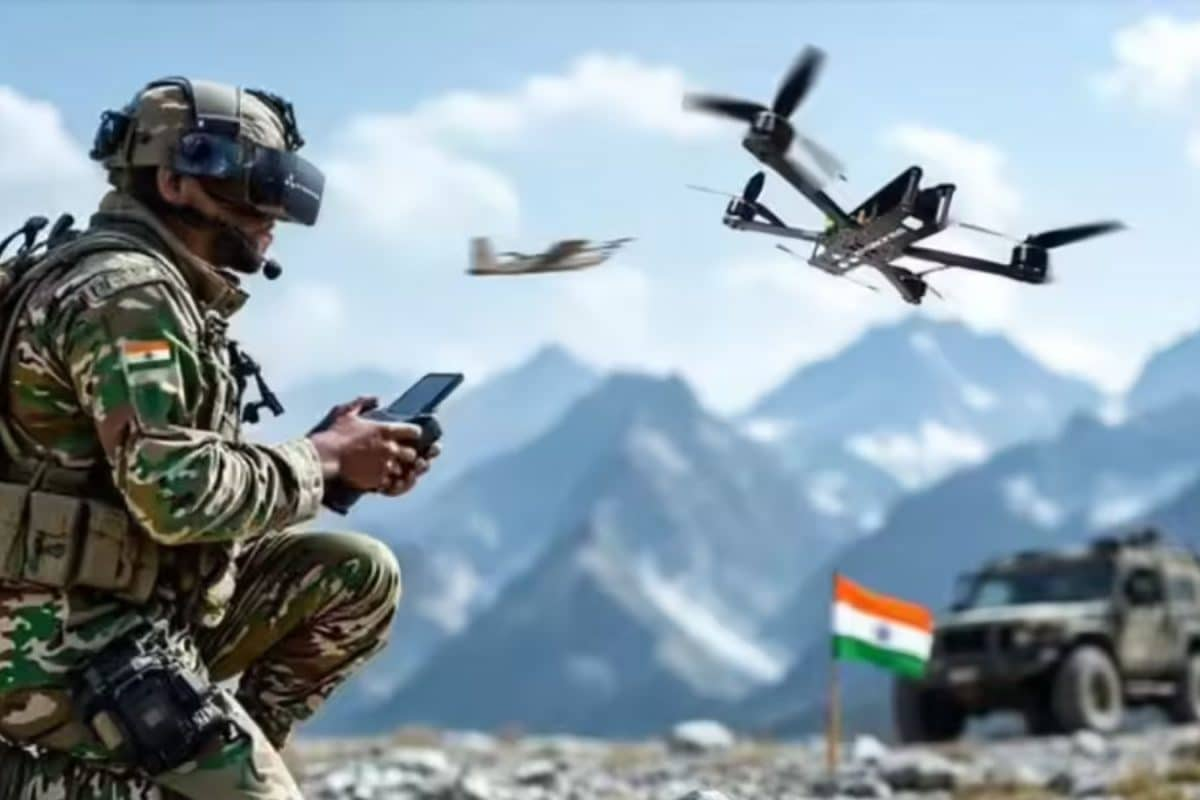

The Indian Army is set to implement a significant organizational overhaul, integrating Unmanned Aerial Vehicles (UAVs) and counter-UAV systems at the battalion level across most of its arms. This transformation, which has been under discussion for several months, has gained pace after Operation Sindoor in May, following the Pahalgam terror attack. Some of the changes will be drawn from lessons obtained during this operation.
One of the key initiatives is to incorporate UAVs and counter-UAV systems into infantry battalions, as well as armored and artillery regiments. While current battalions possess drones, they are often utilized as secondary systems in addition to established weapons and tasks, diverting personnel from primary responsibilities to operate the UAVs. The new objective is to create a dedicated outfit within each unit that will be tasked primarily with operating drones. Each arm has been directed to draw up a structure that allows a select number of personnel to focus and train on this front.
Operation Sindoor in May revealed the increased use of military drones in new-age operations. Inducting a variety of drones as standard weapons at battalion levels will enable better training, procurement, and maintenance. The Army will also establish Rudra brigades, which will consist of an all-arms brigade along with UAVs and other logistical elements. This will involve restructuring existing infantry, armored, and artillery brigades, which will allow Rudra brigades to function independently across various sectors as integrated units for future warfare.
The transformation will also involve establishing light commando battalions, creating integrated brigades, and developing specialized artillery regiments and batteries tailored for future warfare. This initiative aims to address critical gaps in India's defense technology, particularly in non-contact warfare. The program focuses on combat drones, ultra-high-resolution satellite surveillance, and data analytics to counter emerging threats.
During Operation Sindoor, both India and Pakistan deployed drones at scale, marking a new era of UAV-based warfare in South Asia. Pakistan's use of Turkish-origin Asisguard Songar and Bayraktar TB2 drones, alongside its indigenous Shahpar-II, underscored the growing role of unmanned systems in reconnaissance and precision strikes. India countered with indigenous Nagastra-1 kamikaze drones, Israeli Harop loitering munitions, and Cold War-era anti-aircraft guns retrofitted with modern radar, neutralizing over 600 Pakistani drones. However, Operation Sindoor exposed gaps in India's combat drone capabilities, particularly in real-time ISR and precision standoff munitions.
The Indian Army is showcasing advanced technology in Operation Sindoor along the border. Infantry units are equipped with anti-drone guns and indigenous swarm drones for surveillance and offensive capabilities. The army has developed its own drones, including those with first-person view and kamikaze capabilities.